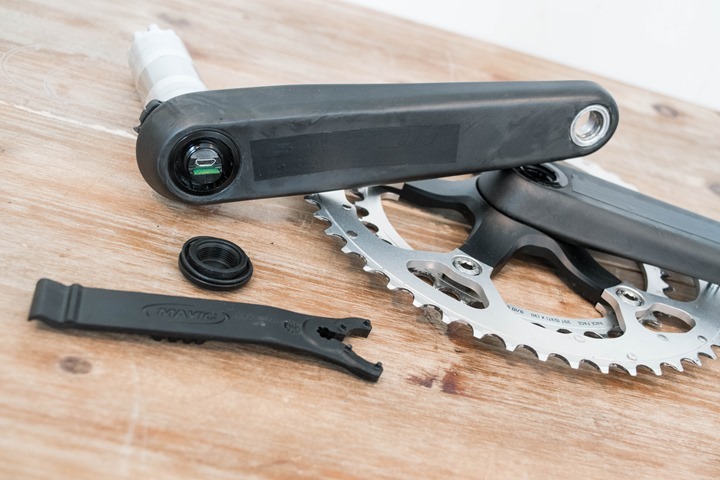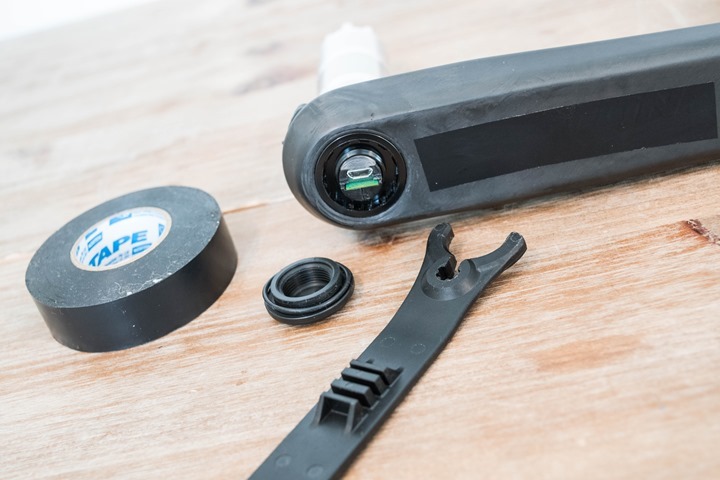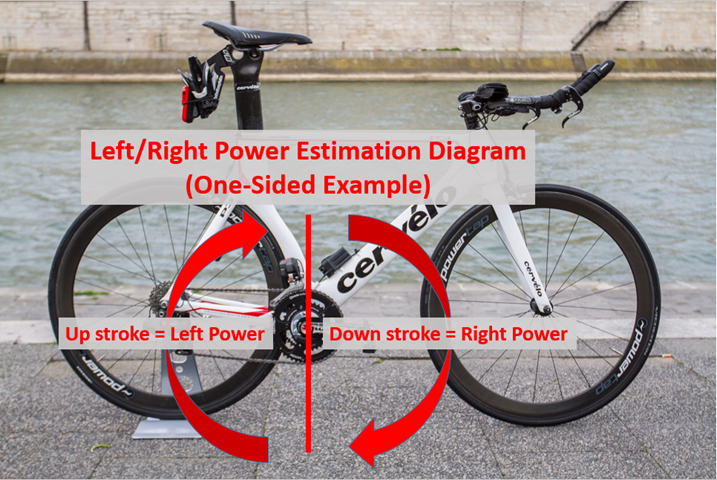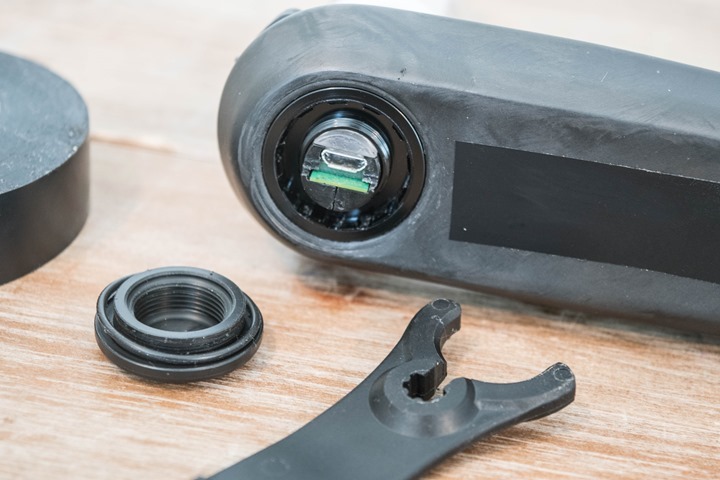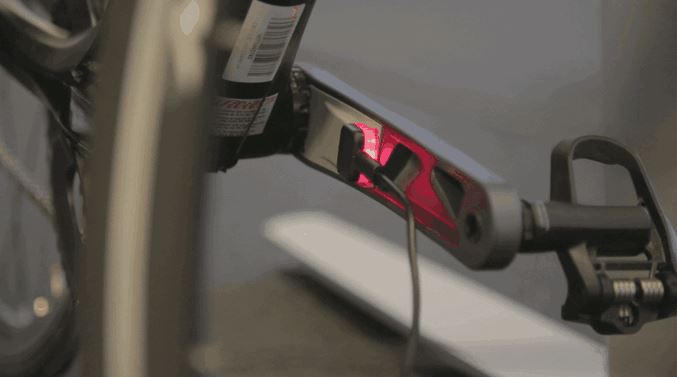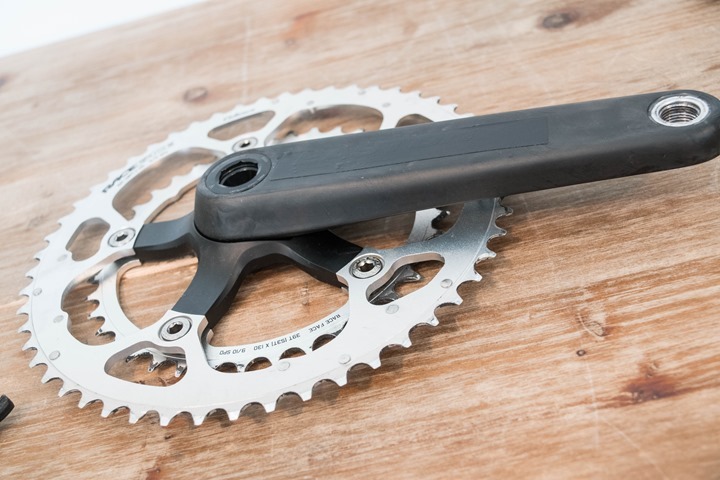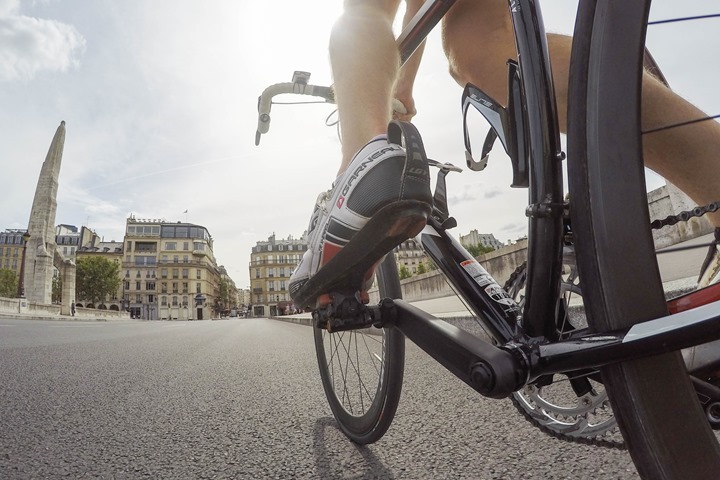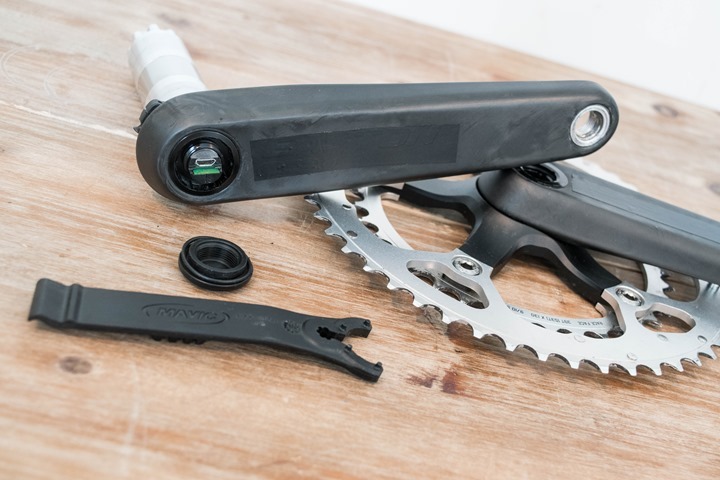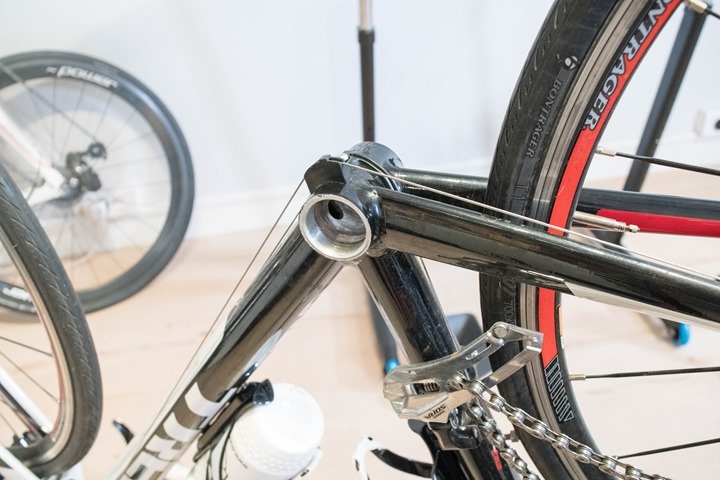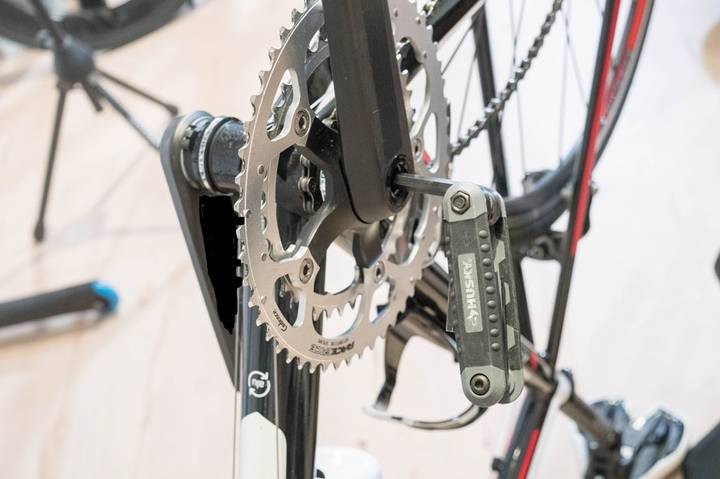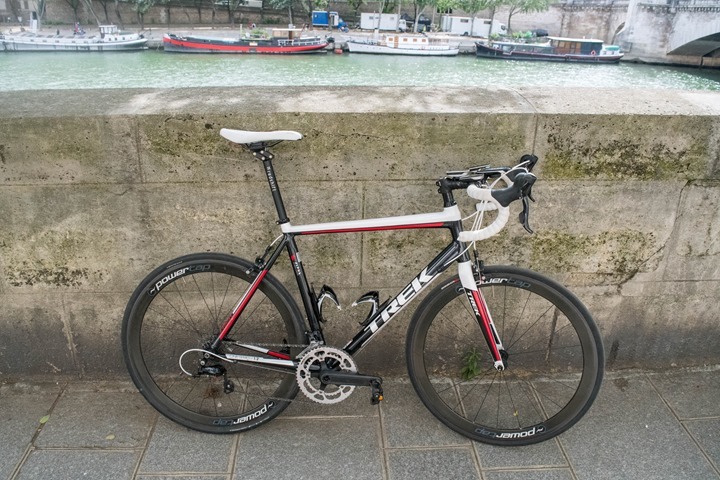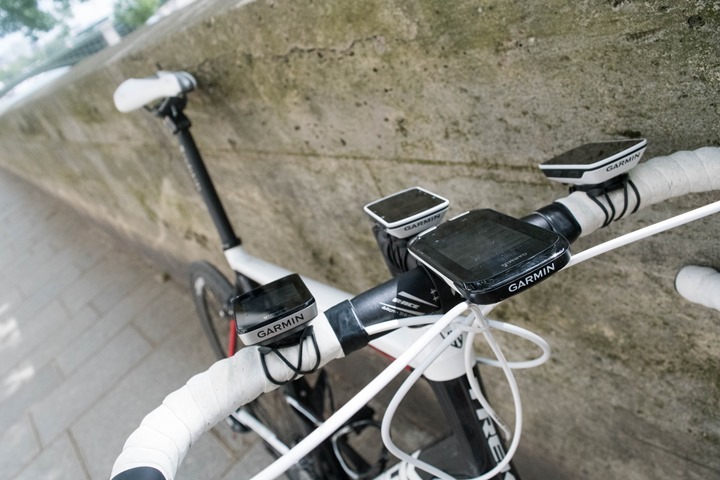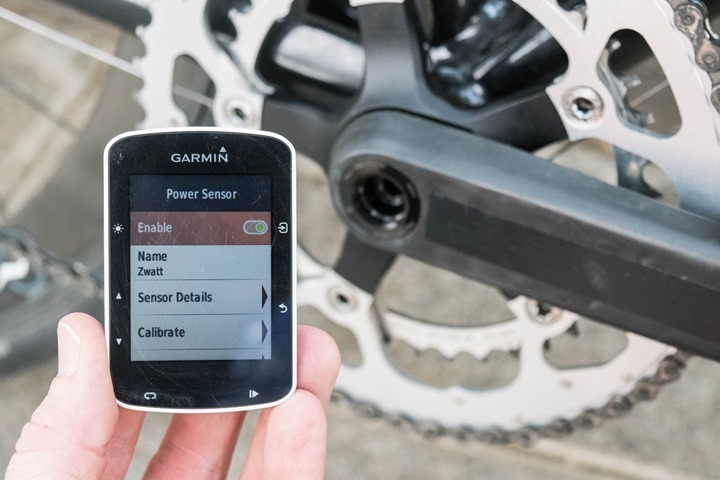Today a little known Danish company called Sensitivus launched a trio of power meters on Kickstarter. While power meters on crowd funded sites are hardly unique, Sensitivus has taken a new twist on things by offering what is the first subscription based power meter. Meaning that you pay a monthly charge to continue using it.
The project is more commonly known as ‘Team Zwatt’, which has no relation to Zwift, Zeus, or Zebras; despite all sharing the letter Z. However Sensitivus has actually been doing power meter stuff behind the scenes for years, primarily as an OEM for other companies. Meaning they design the power meter tech that others will then rebrand.
But let’s not get too far ahead of ourselves. I’ll start off with the whole concept and break it down in a bit more detail, then I’ll cover some initial ride thoughts (I’ve got a prototype unit loaner), and then we’ll wrap things up and let you decide whether to throw your money at them.
An Overview:
Ok, so back at the beginning. We’ve got a company called Sensitivus pitching a product called Team Zwatt. Already some 3,800 people had signed up for their newsletter and ‘testing’ scheme back this past spring when I first noted it. The idea there being people could pay a small fee to receive a power meter, assuming they then provided data back to the company for testing.
Montage forward to now, and the company has decided on pitching three models on Kickstarter, based on three standard power meter positions. Each of these models includes a base price, and then they include a monthly fee. You can stop paying the fee at any time, and resume it at any time. Say for example you go on a countryside vacation for the July and August (cough, all of France). And say you don’t take your bike (silly, I know). You could skip paying for that month, and save your $5.
Here’s the three models that they’re selling on Kickstarter:
Zimanox: Left-only crank arm solution, doubles left-leg power
Zpider: Crank spider based, captures all power (left/right)
Zpindle MTB: Spindle solution (inside bottom bracket), doubles left-leg power
Now each of these models align to a specific place on the bike, or rather, a specific power meter type. These types are all rather common, so to make it easier to understand, I’ve given you a list of competitors for each type:
Zimanox similar units: Stages Power, 4iiii Precision (left-only model)
Zpider similar units: Quarq, SRM, Power2Max
Zpindle MTB similar units: Ashton Instruments, Ergomo
Got that? Good.
Now the unit is arriving with fairly industry standard tech in terms of connectivity. All units have dual ANT+ & Bluetooth Smart broadcasting. That means you can use it with a Garmin, Polar, Suunto, or your phone. Basically anything you dig up supports those two power meter broadcast device profile types. If it doesn’t support those two, it’s probably not worth using. The company says they’ve tested the following apps with it: Strava, TrainerRoad, Zwift, Wahoo Fitness, Sufferfest, CycleMeter, Kinomap, RideWithGPS, iBiker, Cateye Cycling, and MapMyTracks.
The unit will broadcast both power and cadence, and in the case of the spider based model (Zpider), it’ll transmit an estimated left/right power balance (similar to a Quarq). This is estimated left/right, and isn’t as accurate as measured left/right power balance on units that measure power from each leg. To make this estimate, they simply divide your single-leg pedal stroke into two half’s and assume that you only provide power on the down stroke portion. Here’s a simple diagram I put together the last time I discussed this topic:
In addition, all units will transmit torque effectiveness and pedal smoothness. Both of which are pretty much the norm these days on ANT+based power meters. All units are IP67 waterproof, which means you can easily go for a short dip in the pool with your bike, should conditions warrant.
Interestingly, the batteries on all these units are rechargeable, though their battery life timeframes are pretty solid. They are:
Zimanox: 250 hours
Zpider: 200 hours
Zpindle MTB: 400 hours
With the spindle based variant, you use a micro-USB cable to charge it. The micro-USB port is hidden beneath a well sealed battery cap. Given how infrequently you have to do this, I don’t have any concerns with their design.
Meanwhile, on the crank-arm and spider variants (Zimanox and Zpider), you’ll use a magnetic based charger, which looks pretty darn cool from their animated GIF on their Kickstarter page:
Last but not least, it’s worth pointing out that if you’re looking at the Zimanox variant (left-only side), they’re only offering 172.5mm cranks. They noted that’s the size preferred by 70% of riders, which is probably about right. Down the road they’ll expand crank arm length options, but for now…that’s it.
So why should you trust this power meter company’s tech over other crowd funded flailings? Well they’ve got one thing going for them: They actually kinda know what they’re doing. Or at least they’ve got some proof in that pudding.
They’ve been working on power meters for other brands for the last few years. To my knowledge none of those brands have officially launched yet, though it sounds like one is on the cusp of doing so. In fact, said branded variant is actually the unit I’m using (which is why I put electrical tape over it for this post). It’s the exact same tech that Sensitivus will be using for Team Zwatt. Thus putting them far closer to the finish line than a company that lacks any prototypes or test models upon launch
Which isn’t to say that Sensitivus won’t screw it up going forward. Plenty of companies that know what they’re doing with more experience routinely screw up product launches much less ambitious than this. But, if I had to choose between various crowd funded power meter projects over the last few years, this certainly has the best hand of cards to work with.
Subscription Model:
From a basic power meter standpoint, nothing that Sensitivus is doing is earth shattering (or really even that new, magnetic charging aside). It’s more or less all been done before.
Rather, their foray into the “new things” department comes from the their subscription model. When you buy a Zwatt power meter, you’re paying in at a base level (about $190), then you’re paying a monthly subscription charge ($5) for each month that you want the power meter active and transmitting power values. The connected nature of the power meter means you have to check in each month in order to keep it actively a power meter. At the end of 2 years, the fee goes to $0.
However, it actually goes one step further. Team Zwatt wants your power meter data. Their proposition is that through large scale power meter data collection they can make a more accurate power meter. As such, the monthly fee is technically $10, not $5. But as long as you upload at least one 30 minute ride per month using their app, they’ll give you a 50% discount on that monthly fee (thus the $5).
Got all that?
So, here’s the base prices and subscription fees:
Zimanox (left-only crank arm): $189USD/170EUR + $4.95/4.46EUR a month
Zpider (spider based): $299USD/270EUR+ $4.95/4.46EUR a month
Zpindle MTB (spindle based): TBA pricing, as it’s a Kickstarter Stretch goal
To make this easy, here’s what those costs look like when all is said and done after two years of payments:
Zimanox (left-only crank arm): $307.80 / 277.04EUR
Zpider (spider based): $417.80 / 377.04EUR
Zpindle MTB (spindle based): TBA pricing, as it’s a Kickstarter Stretch goal
For the crank arm based option, that’s roughly $90 cheaper than the $399 that 4iiii currently charges for their left-only solution (inclusive of a Shimano crank arm). For the crank spider version, that’s about $100 cheaper than you can usually get a Power2Max unit for on their frequent sales.
With the subscription model they’ll allow you to pause your subscription at any time, though they’ll charge a reactivation fee that’s roughly one month’s fee (i.e. $5). They proposed a theory here being that someone could stop using the unit on their bike for a few months and save the cash. Though I’ve gotta believe that anyone buying a power meter probably uses their bike at least a few times each month, if not each week. So I’m not sure there’s any true savings there.
Looking forward, the company is aiming to leverage the subscription model to give you ‘voting rights’ for new features to be added to the units. Of course, whether or not these votes truly drive the direction of the product remains to be seen. Historically speaking tech companies often introduce voting systems for new features, but they’re rarely adhered to when ‘commercial priorities’ outrank consumer desires.
Here’s what they’ve identified as future ideas:
– Better support for oval chain rings
– Other arm lengths
– Max torque display
– Pedaling style assist
– Surface roughness logging
– Air time and landing impact logging
So back to that subscription pricing concept – I think subscription pricing is a cool idea for sports tech goods. If you look at the software market over the last few years, everything has shifted to subscription pricing. Of course, for software it generally costs the end user more in the end than just a one-time purchase that you’d use for 2-4 years. But it usually results in an ‘evergreen’ software platform, with far more new features. One can debate the pros and cons of subscription models all day long, none of which will change the fact that it’s not just the future, but already the norm today in software. That ship has sailed.
What’s worth debating however is whether Zwatt got their pricing right. That’s more interesting to me. I’d say that if they were shipping next month (just using a random near-term date), then their pricing is attractive. It’s not a massive dip, but it’s certainly a head turner. But with shipping not happening in a best case scenario until the end of the year, I’d be more concerned about whether that’s competitive. After all, your 2 year clock won’t really start until you get the unit. So if you don’t get a unit until Feb (or April) 2017, then you’re on that payment plan till Feb 2019. A lot happens in 2.5 years from this week in August 2016. Look at how much power meter pricing has dropped in the last 12 months, let alone the last 30 months.
Personally I’d have bet that if they went with a substantially lower initial hardware buy-in price (enough to cover their crank related costs of goods), that they could have gone with a slightly higher subscription price and pulled in substantially more people. Assuming a Shimano Ultegra crank arm (172.5mm), it’d have a rough street price of about $60.
Either way – I think companies pushing the bounds of new pricing models to get more people interested in power is a good thing. It’s up to y’all to decide if that pricing model makes sense.
First Ride Experience:
So the Sensitivus unit I was sent was one of the OEM branded ones that’ll likely start shipping soon. It’s based on the same tech as the Zpindle model that’s part of the Kickstarter project. Just a different crankset and mechanical pieces. As noted earlier, at the request of Sensitivus, I’ve blacked out the name of the 3rd party company since said company has yet to launch their product. Electrical tape for the win!
In my case the kit came with the Zpindle already inserted into a crank arm set. So I’d need to install that crank-arm set on my bike. They also included a tool to open up the battery cap, which is pretty darn snug on there.
Next, I headed down to the Cave to install it on a bike. Turns out, I didn’t have the right bottom bracket type for it. Damn you 98 bottom bracket standards! So I ordered a new bottom bracket and it arrived a few days later and I got it all installed up.
The installation is just like any other crankset: It’s easy if you have the right tools. It’s a nightmare if you don’t. Thankfully I’ve got the mother of all bike toolboxes (I’ve upgraded from this), and was able to find everything I needed to get it installed.
I hooked it up on a lesser used road bike of mine, simply because all my other bikes are currently busy with other power meter setups on them. So I couldn’t quite sacrifice one of my nicer bikes. No worries, I won’t talk ill of one of my bike children. But yes, the wheels far outclass the bike. Its married up.
To ensure I had a semi-proper power meter test rig I added a PowerTap G3 hub to the back, and then PowerTap P1 pedals up front. Given the crank-set was pre-installed, I didn’t really have many options when it comes to diversity of power meter companies. Either way, this gave me three power meters in total to compare, two of which are known and trusted.
I then jumped on a trainer and got things settled in. This involved about 5-10 minute trainer ride and a handful of short sprints. I usually do this on most power meter tests on the first day, merely to validate that all of the mechanical interfaces have settled. It’s 100% normal for this settling period to also take more than one day (1-3 rides is typical for many power meters after installation).
After that, I did a second trainer ride to produce some initial data. This was a fairly straight-forward affair with wattages at set levels. It makes it easy to identify when a power meter goes askew.
In this case you can see the PowerTap P1 (green line) was still settling a bit following the install until I increased the power/intensity, which tightened things up and it got right in line from there on out. The Zwatt didn’t need to settle since it was pre-installed. I also had a LIMITS power meter on there, but it was too distracting on the graphs, so I hid it.
Following my 30ish minute trainer ride, I set off outside for short ride around the city. This route included everything from standard European cobble-stone streets to smooth pavement. Hills to flats. On the trainer ride, things went very well in terms of matching others. But I wanted to see how bumps and such impacted the accuracy, since that’s typically where most power meter have issues.
Here’s how the data looked afterwards, starting with the high level overview using a standard 20-second smoothing on the graph to make it easier to see. You can see here the three units (PowerTap P1, PowerTap G3, and Zpindle) agree quite well. LIMITS is the offset party in red.
Next, I’ve dug into the cadence data. Remember that the unit transmits cadence data, so I’ve compared that. Note that the PowerTap G3 hub is notorious for giving wonky cadence data (since it’s estimated) in certain situations such as if you do a short burst of power and then easy pedal. So take that with a grain of salt.
No matter the case, I didn’t see any obvious cadence oddities on the Zpindle. Also note that a solid chunk of this is on cobbles, which can really dork with some power meters.
Finally, here’s a mean-max graph of the ride. This is great for seeing how things handled over the course of the ride:
This shows solid agreement between the three units, though perhaps a smidge of differences in the 15-second range. That may be the impact of recording variables and the shorter ride meaning there’s less data to work with for this graph. I was a bit limited in that I don’t have a 9-speed PowerTap wheel set (since I almost never use this other bike for power meter testing). Thus shifting was wonky making a longer ride outdoors tricky. I’ll probably look to move some bike parts around to make it a little easier going forward.
If you want to look at the raw data and play around with the graphs, you can do so using the DCR Analyzer tool (here for the outdoor ride, here for the indoor ride), it also allows you to download the original .FIT files from the head units.
Wrap Up:
It’s cool to see companies push the boundaries, even if not technically. What Team Zwatt is doing is pushing the boundaries of sports technology today, just not in the technological sense. If we fast forward to a year or two from now, I’m sure we’ll see numerous other companies that are doing the same. Whether or not Team Zwatt gets to market on time with their product is likely to be irrelevant, they’ve planted the seed of monthly subscriptions for a power meter.
From a technology standpoint, everything at this stage seems to be pointing in the right direction. As you can see with my data above, I’m not seeing any obvious issues at this point. Though I haven’t ridden extensively on it, but still, it’s handling well. Additionally, I love the way they’ve implemented the rechargeable battery system in the two rechargeable battery models. Super slick, and so much better than some of the micro-USB port configurations that others have used for rechargeable power meters over the past year or so.
Finally, as with any Kickstarter project, there are risks (I’ve outlined many of them here). But, I think they’re in a million times better spot than most tech projects I see. Also, as with any Kickstarter project there are set timeframes to get in on the deal – notably 29 days from now the project funding period ends. That would give you 8 hours from the start of Eurobike to see if anything new and notable had launched there that might sway your opinion. But if you wanted that long, you’d lose out on the early bird offers. So it’s a bit of a rock and a hard place situation for some that might be on the fence.
With that – thanks for reading!
























